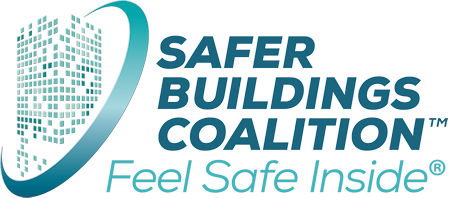|
In New York City, every new high-rise building must have a system to support FDNY communications throughout the structure. These are known as Auxiliary Radio Communications Systems or ARCS. Unlike most ERCES, these systems do not link back to a dispatcher but instead provide two separate radio channels for onsite command and control. Every building has a designated fire command center, where a Dedicated Radio Console or DRC is installed. The DRC is connected to the Radio Auxiliary Unit (RAU), which rebroadcasts FDNY’s radio signals throughout the building. Upon arriving at a building, FDNY activates the ARC System from the DRC using their elevator control key. This triggers the system, amplifying signals from firefighters’ portable radios and transmitting them throughout the building. There are additional control capabilities available at the console. This concept is designed to support teams of firefighters operating simultaneously in a high-rise building.
According to Sections 403.4.4 and 907.2.13.2 of the 2014 NYC Building Code, the installation and maintenance of an in-building auxiliary radio communication system is required for all newly constructed high-rise buildings and buildings undergoing major alterations.
Per the City of New York, “ARC Systems must be designed, installed, acceptance tested, operated and maintained in accordance with FCC regulations, NYC Fire Code section 511, NYC Building Code section 917, NYC Electrical Code 2011, NFPA Standard 72 as amended by 1 RCNY 3616-04, 3 RCNY 511-01 and applicable technical criteria.”
ARCS testing guidelines are updated periodically to ensure that they remain current with changes in technology or regulatory requirements.
In the upcoming 2022 NYC Construction Code, these parts of the code appear that they will remain the same:
A key difference in the upcoming code change is that the pathway survivability requirements are more stringent.
2022 testing guidelines go into effect on November 7, 2022.
To submit an ARCS design for review, apply here. |
